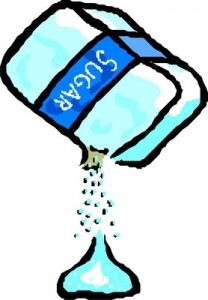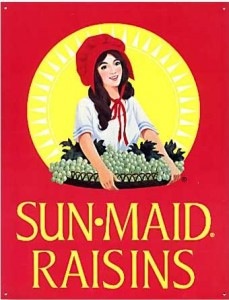 It’s awfully hard to gauge how much food you’re putting on your plate – and even more difficult to figure out how much you’re popping into your mouth when you eat directly from a multi-serving bag of food.
It’s awfully hard to gauge how much food you’re putting on your plate – and even more difficult to figure out how much you’re popping into your mouth when you eat directly from a multi-serving bag of food.
Portion size is critical to managing your weight. One helpful idea is to use commonplace objects as visual guides to “guesstimate” portion sizes.
One Cup Is About The Size Of A Baseball
The suggested serving size for many food items, particularly produce, is a cup. (The suggested portion size for many denser items, like pasta, rice, or ice cream is a half a cup, so two servings – which is what, at least, most of us eat, would equal a cup.)
A Baseball, Not A Softball
A cup is about the size of a baseball – a baseball, not a softball. So a cup of cooked greens, a cup of yogurt, a cup of beans, or a cup of cantaloupe should all look like the size of a baseball – but with obviously different calorie counts due to the food’s individual differences in food density and energy (calories).
Here are a few more of the CDC’s examples of one-cup servings:
- 1 small apple
- 1 medium grapefruit
- 1 large orange
- 1 medium pear
- 8 large strawberries
- 1 large bell pepper
- 1 medium potato
- 2 large stalks of celery
- 12 baby carrots or 2 medium carrots
- 1 large ear of corn



